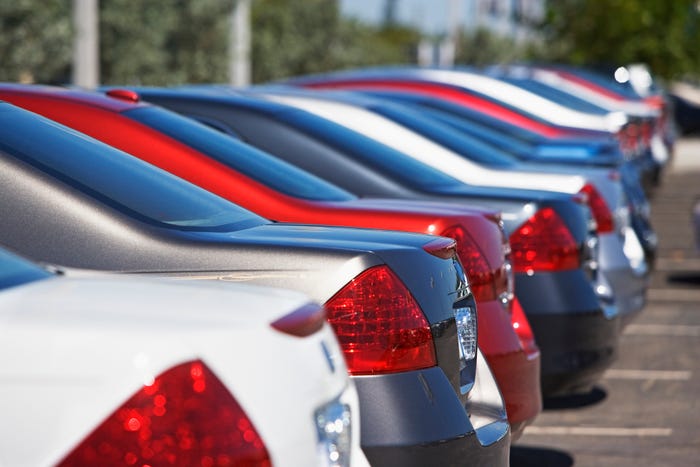Delphi Technology Showcase
August 25, 2014

Delphi hosted a media event to highlight connectivity and active safety at its Auburn Hills, MI, Customer Technology Center. Other suppliers have demonstrated self-driving functionality on the road, but Delphi's prototypes at the event were stationary. (See related blog: “Just because you can do it, doesn’t mean you should do it,” Owens tells WardsAuto during a Delphi media event here.
With its own self-driving cars in pilot testing, Google has done plenty to generate excitement about the possibilities.
But Owens frowns at the cost, which Google has estimated at more than $40,000 per vehicle, at least in the beginning. So how much are most consumers willing to pay?
“Think about the fully evolved autonomous vehicle with no driver in the seat. You’re in the back seat drinking a beer, taking a nap, reading the paper,” he says.
“The consumer will pay something for that, but will they pay the expense of literally taking the driver out of the seat? Will they pay $10,000 to be able to go to sleep or watch a movie?”
The cost would be prohibitive to adapt existing vehicles to drive themselves. Imagine the exorbitant expense of designing an autonomous car from the ground up.
The concept of an autopilot is not new, particularly in aerospace. But Owens notes even the airline industry has never crossed that threshold by placing hundreds of lives solely in the digital hands of a computer.
“You still need a pilot in even the most sophisticated triple-fault redundant systems on airplanes and usually two pilots on the big planes,” he says. “It’s just a lot of hurdles to get over.”
What About Bad Weather, Emergencies?
The building blocks are being put in place, such as lane-departure warning, radar-based adaptive cruise control, camera-based collision mitigation and pedestrian detection.
But these vision and sensing systems don’t work so well in inclement weather, particularly snow, and when a road has been rerouted, such as in an emergency.
Owens knows these technologies will keep getting better while becoming more affordable on mainstream vehicles.
“You’ll get, I’d say, 80% of the benefit of autonomous vehicles without ever going fully autonomous,” he says. “We can already accrue the benefit of fewer accidents and fatalities.”
Which makes you wonder: Why then should we focus so intently on that last 20%?
Getting there will require a massive buildup of vehicle-to-vehicle and vehicle-to-infrastructure technology, because the whole system literally crashes and burns without effective communication. And don’t forget the regulatory requirements to keep the legal vultures at bay.
President Obama has said he wants to establish rule-making for a vehicle-to-vehicle network by the time he leaves office in 2016.
Based on other government safety initiatives, Owens expects two years of regulatory haggling, followed by “five years to apply it and then 10 years to age it through the system. That’s how long you’d be talking before you had a majority of vehicles with that capability,” he says.
There’s the fuel-economy argument, too: If every car drove itself, speeds would be controlled, throttle inputs would be tempered and fuel consumption would fall.
But we don’t need autonomous cars to achieve those things. Vehicles with adaptive cruise control, which has been around for nearly 20 years (and Delphi began supplying Jaguar in 1999), already are instrumental in reducing congestion and improving fuel economy.
Owens is optimistic about self-driving vehicles for the elderly and physically challenged. “That would be a big boon for that segment of the population,” he says.
But isn’t it cruel to give these people false hope that someday they will gain mobile independence?
I mean, weren’t cars supposed to be flying by now?
">Finally, Voice of Reason.)
Read more about:
2014


